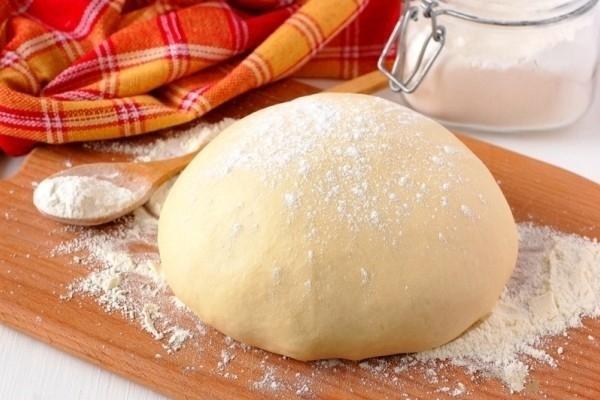Some tips on how to make fluffy yeast dough for pies
 All housewives, both beginners and experienced, have long known that good dough is the most important thing for making pies. This moment is especially important when baking yeast pies, because the final result depends on how it rises. Whatever the filling, sweet tasty jam or juicy meat, it will not save the culinary masterpiece if the dough is not entirely successful.
All housewives, both beginners and experienced, have long known that good dough is the most important thing for making pies. This moment is especially important when baking yeast pies, because the final result depends on how it rises. Whatever the filling, sweet tasty jam or juicy meat, it will not save the culinary masterpiece if the dough is not entirely successful.
So, today we will talk about how to choose quality ingredients for yeast dough.
Choosing good yeast
The basis for yeast dough is, of course, the yeast itself. In order for the pie blank to fit well, it is necessary to use only fresh product, in particular pressed yeast.
When buying this ingredient, you need to pay attention to the following points:
- the terms of production and storage should not expire;
- Fresh yeast, stored in the store at the correct temperature, feels slightly firm but not soft to the touch.
- if the color of the product has a dark shade, they are no longer as fresh;
- fresh yeast crumbles - if it is molded like plasticine, then the expiration date has passed.
Expired soft yeast, which does not crumble and has a dark creamy shade, will not bring much harm to the body, but the cake cooked on them is unlikely to rise in the oven and turn out flat and tasteless.
Fresh yeast is often replaced with dry yeast. They should also have a good lead time.
Choosing high quality flour
The second most important ingredient for yeast dough for piesis definitely flour.
If the exact recipe is to be followed, the moisture and gluten content of the product should be taken into account. You will need more wet flour than expected, and less dry.
Determining gluten at home before the pie dough is ready is simply unrealistic - this is done in a laboratory setting, so we can only hope for bona fide sellers. You can understand that flour has low gluten only after the kneaded dough has lain down a little - instead of rising, it will float.
But it is very easy to understand what is the moisture content of flour, and you can do this right in the store if the goods are bought by weight. For this you need:
- pick up a handful of flour;
- close your palm and squeeze it tightly, as if making a snowball;
- open your palm.
If the "snowball" of flour crumbles completely, it is too dry, and if the formed lump remains intact, it is too wet. Ideally, the "snow" should crumble only slightly, but not stick together.
By purchasing fresh and high-quality yeast and flour, making a fluffy dough for pies will not be a problem.